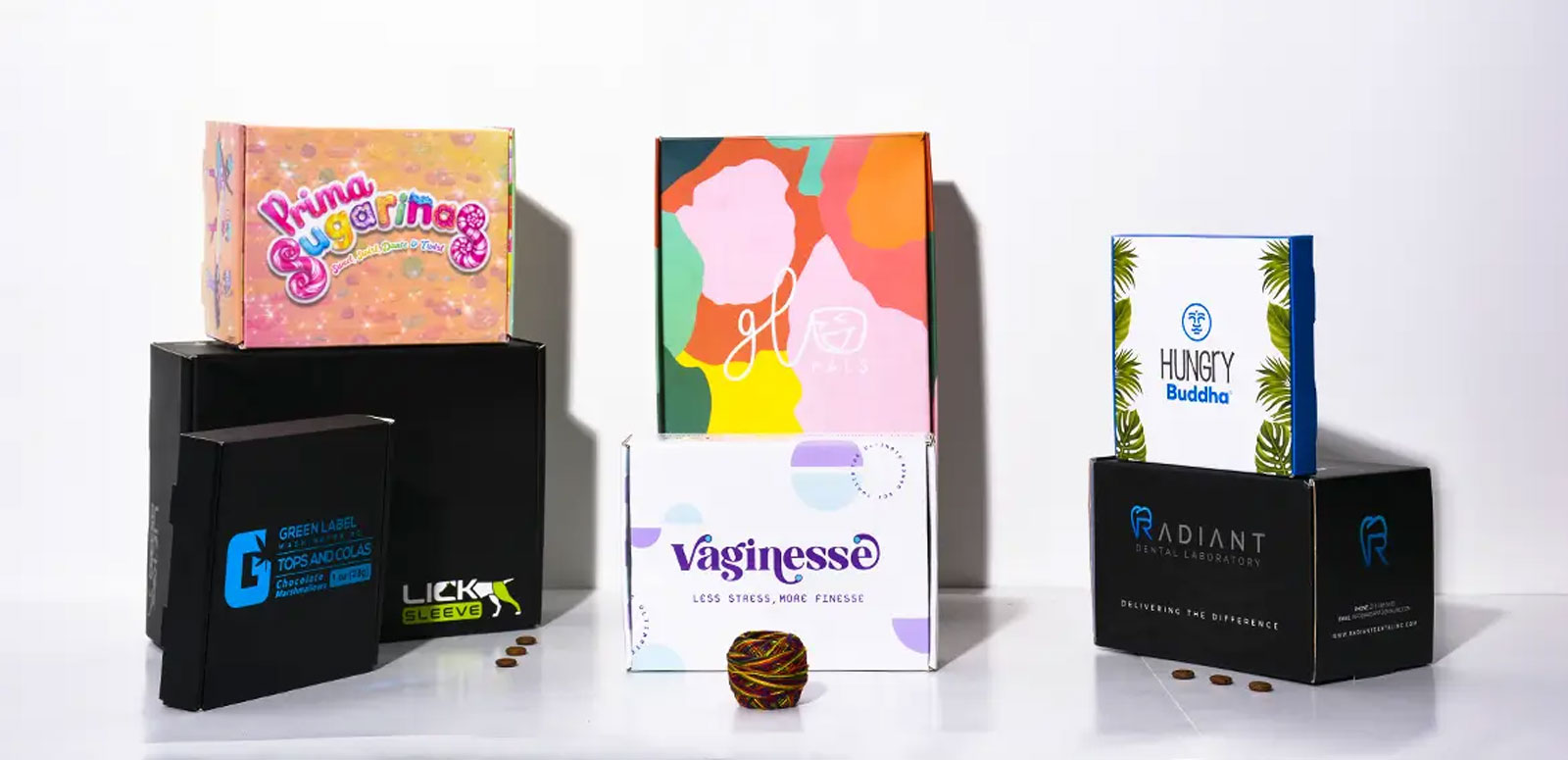The Food and Drug Administration (FDA), which is in charge of regulating medical devices, defines a medical device as “designed to use disposably as a single use for patients.” It is not designed to be reprocessed (cleaned, disinfected, or sterilised), as that would make it possible to use it on another patient. The device may or may not be identified as a single-use instrument on the labeling, and the labeling does not include instructions for reprocessing. Bandages, hypodermic needles, exam gowns, gloves, catheters, surgical sponges, tongue depressors, syringes, pregnancy, and drug tests, and face masks are all examples of products that are manufactured by the single use instruments supplies industry. These products are commonly seen whenever a patient interacts with a medical professional.
Consumable medical devices are quite similar to disposable medical devices in the sense that they, too, will eventually need to be thrown away, but in contrast, they can be used more than once or for a longer period of time. Instruments such as elastic bandage wraps, pacemakers, drill bits, and blades for surgical instruments are examples of these types of equipment.
Healthcare Services Made Efficient Through the Use of Disposable Instruments
Medical equipment that is considered disposable or single-use are those that can only be utilised a single time before they must be discarded. Hygiene and sanitation are the two most crucial aspects to consider when it comes to providing high-quality medical care in a timely manner. In spite of the fact that there are many different techniques for sterilising, such as chemical sterilisation and heat sterilisation, etc., there is always some level of contamination that remains. And in this age of covids, the transfer of infection is the very first thing that one must eliminate.
Consequently, the use of goods that are only intended to be used once is the only method to completely remove any possibility of contamination. To a greater extent than ever before, businesses in virtually every sector are shifting to the usage of products designed for a single transaction. Because of this, the healthcare business should absolutely consider utilising this option.
Advantages of Utilizing Single-Use Medical Supplies
The following is a list of the most frequently experienced advantages that can be gained by the utilisation of disposable medical products:
In order to reduce the risk of infection, studies were carried out to assess the likelihood of finding bacteria on either disposable or reusable medical supplies. More than thirty percent of the wet swabs that were obtained from reusable items were found to have pathogens, whereas the majority of the wet swabs that were collected from disposable products were confirmed to be sterile. In point of fact, the Centers for Disease Control and Prevention asserts that the utilisation of goods that are single-use enhances patient safety by removing the possibility of cross-contamination from one patient to another.
Spending Less Time
After each and every use, the products that are intended to be reused need to be thoroughly cleaned and disinfected. On the other hand, things designed for a single use are typically ready to be utilised and can be discarded once they have been used. This makes medical practitioners significantly more efficient and saves them a significant amount of time.
Cost-Effective than Multi-Use Instruments
Single-use items are, in reality, more cost-effective than multi-use products over the course of a longer period of time, despite the fact that the majority of practitioners may perceive them to be an expensive option. This is owing to the fact that reusable gadgets have a high price tag, which is then increased even more because of the have to buy additional accessories. In addition, the goods have a regular maintenance and cleaning schedule that must be followed. This additional cost is included because routine sterilisation is required.
No Additional Expenses of Sterlising
On the other hand, devices designed for single use are significantly more affordable, require the least amount of care, and do not call for elaborate sterilising processes. There will be no additional expenses incurred as a result of the repair. They, on the other hand, are able to provide a quality that is comparable to that of reusable products.
Impact on the environment Despite the widespread perception that single-use products have a greater potential for causing harm to the surrounding ecosystem, this is not actually the case. Products designed for single use are better for the environment if their disposal is handled correctly. On the other hand, the waste that is produced during the manufacturing of reusable medical devices in the form of chemicals and air pollutants is far more detrimental to the environment. For more, check: Surgical Instruments



